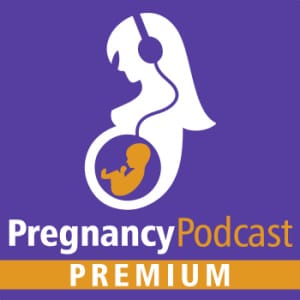Overview
Ideally, towards the end of your pregnancy, your baby is in a cephalic presentation, positioned head-down, facing your back, with their chin tucked to their chest and the back of their head ready to enter your pelvis. Although humans are ideally born head first, some babies will be breech, meaning they are bottom first rather than head first. In recent decades there has been a growing trend of doctors recommending an elective cesarean for a breech baby at term. An elective cesarean aims to avoid the risks of some complications possible with a vaginal breech birth. To turn your baby head down for a vaginal birth, there are several techniques you or your doctor can utilize before you go into labor. This episode examines the evidence on the risks and efficacy of methods to turn a breech baby, including acupuncture, optimal fetal positioning, spinning babies, and an external cephalic version.

